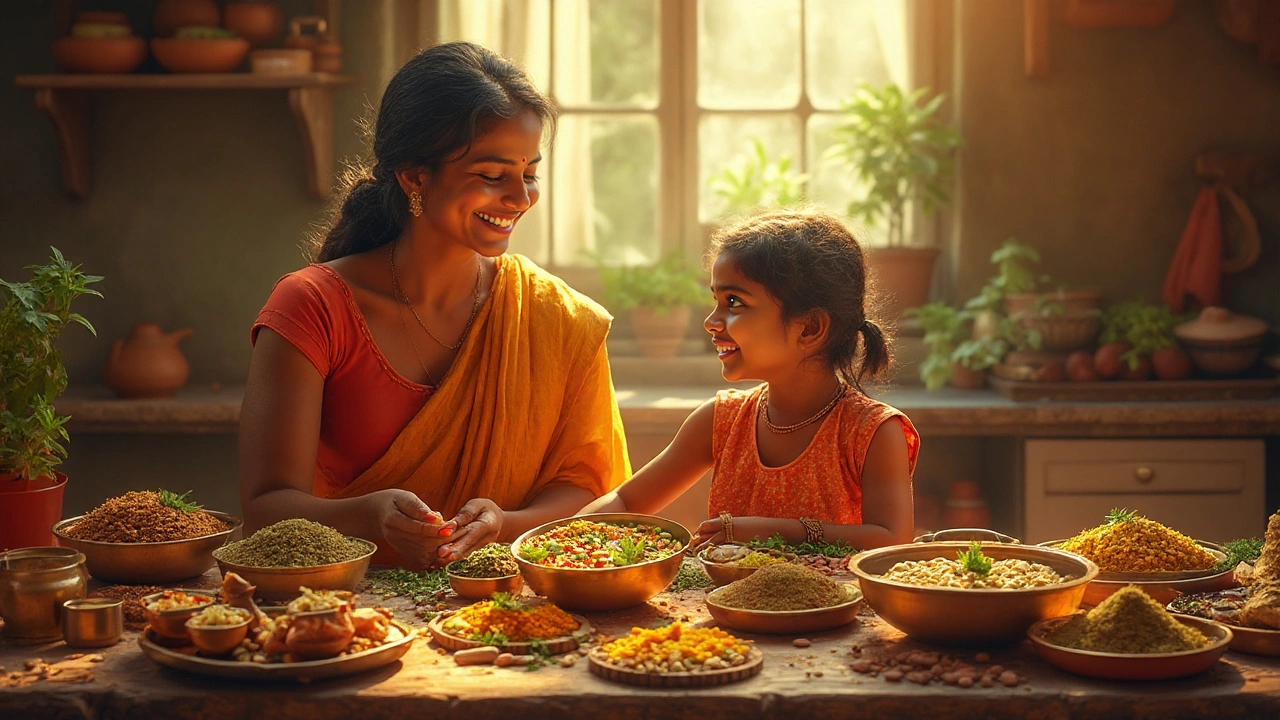Carbs in Dal – Know the Carb Count in Your Indian Lentils
When you hear carbs in dal, the amount of carbohydrates found in various Indian pulses such as toor, moong, or urad. Also called dal carbohydrates, this figure helps you plan balanced meals, especially if you watch blood sugar or calorie intake. Dal a staple food made from split beans, peas, or lentils, cooked with spices and water is more than just a side dish; it’s a major source of energy across India. Lentils the broader category that includes all types of dal, rich in protein, fiber, and micronutrients bring a unique carb profile that varies by variety, processing, and preparation method.
Why Carb Count Matters for Everyday Cooking
Understanding the carb content of dal lets you pair it correctly with other foods. High‑carb dal like split pigeon peas (toor) can spike blood sugar if eaten alone, but mixing it with fiber‑rich veggies or a dollop of curd smooths the rise. The carb count also informs portion size: a typical cup of cooked dal delivers about 20‑30 grams of carbs, which fits well into a 2000‑calorie diet when balanced with protein and healthy fats. Moreover, dal’s carbs are complex, meaning they release energy slowly and keep you full longer than simple sugars. This slow release is why many Indian households rely on dal for lunch and dinner – it fuels the body without the crash.
Cooking tricks can tweak the carb load further. Soaking dal for 30‑60 minutes before cooking shortens cooking time and can reduce anti‑nutrients that interfere with digestion. Some experts say soaking also lowers the effective carbohydrate absorption, making the meal gentler on the gut. Adding a pinch of turmeric or asafoetida not only boosts flavor but may aid in carbohydrate metabolism. If you’re counting carbs strictly, try using split moong dal; it averages the lowest carb count among common dals, roughly 18 grams per cup, while still delivering protein and fiber.
Beyond the kitchen, the carb profile of dal ties into broader nutrition concepts. The glycemic index (GI) of a dal reflects how quickly its carbs turn into glucose. Lower‑GI dals like chana dal (split chickpeas) help maintain steady energy levels, something athletes and busy professionals appreciate. Pairing dal with whole‑grain rotis or brown rice further lowers the overall GI of the meal, creating a balanced plate that supports heart health and weight management. These relationships—dal, carbs, GI, protein, and fiber—show how a simple legume can become a nutrition powerhouse when you understand its carb makeup.
Below you’ll find a curated selection of articles that dive deeper into these topics. From soaking tips and carb comparisons across dal varieties to practical guides on pairing dal with other foods, the posts will give you actionable insight to make smarter, tastier meals. Explore the collection and start tweaking your dal recipes for the perfect carbohydrate balance.

Dal Nutrition Facts: Is It More Protein or Carbs? Get the Real Scoop
Wondering if dal is a carb or protein? Break down exactly what’s in dal, which type has the most protein, and practical ways to use dal for balanced, healthy meals.